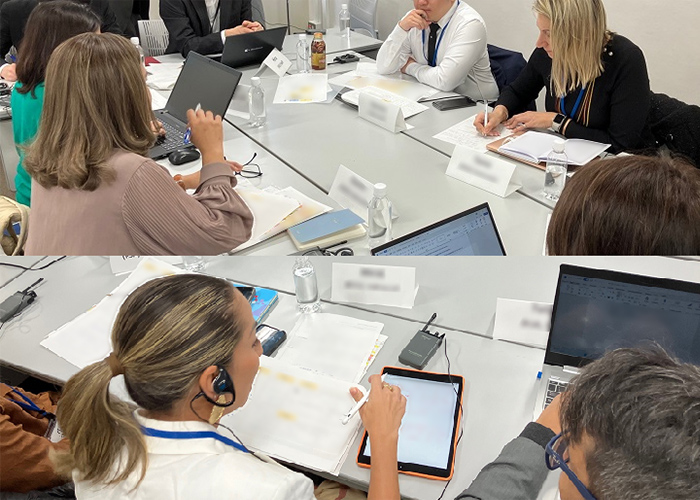KUMON Instructors Learning Together —
Beyond Borders and Regions
In 1954, Toru Kumon, the founder of KUMON, began writing math problems on loose-leaf paper for his second-grade son, starting a form of self-learning that marked the beginning of the Kumon Method. In 1974, the first overseas Kumon Center opened in New York, and today, KUMON has expanded to over 60 countries and regions.
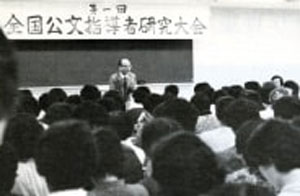
Research Conference
In pursuit of “better instruction,” the first National Kumon Instructor Research Conference was held in Japan in 1979. Overseas as well, instructor research conferences are held in each of the five regional headquarters: North America, South America, Asia-Oceania, China, and Europe-Africa.
This time, eight instructors from Canada, Brazil, the Philippines, Indonesia, Hong Kong, Greece, and the United Kingdom came to Japan to learn together under the theme of “Pursuit of Potential.”
The participants reflected on their own journeys as instructors and paired up with those from other countries to share events and experiences that had significantly influenced their thinking about the pursuit of potential.
Next, they listened to presentations from Japanese instructors on topics such as the type of students they aim to nurture, communication with parents, and teamwork with center assistants. The Japanese instructors shared insights such as: “Don’t over-teach what children are capable of doing. It’s important that they learn to use the examples and hints built into the worksheets to develop a self-learning attitude.” “When you interact with students while holding a vision of how you hope they’ll grow, they often surpass your expectations.” “One of the great things about KUMON is that you can go anywhere to learn.” “For self-improvement, it’s essential to engage in mutual learning with other instructors.”
In the afternoon, participants visited the classrooms of these Japanese instructors to observe firsthand how they operated.
The Kumon Method’s Philosophy Is Shared Worldwide —
Its Global Expansion Is Made Possible by Instructors
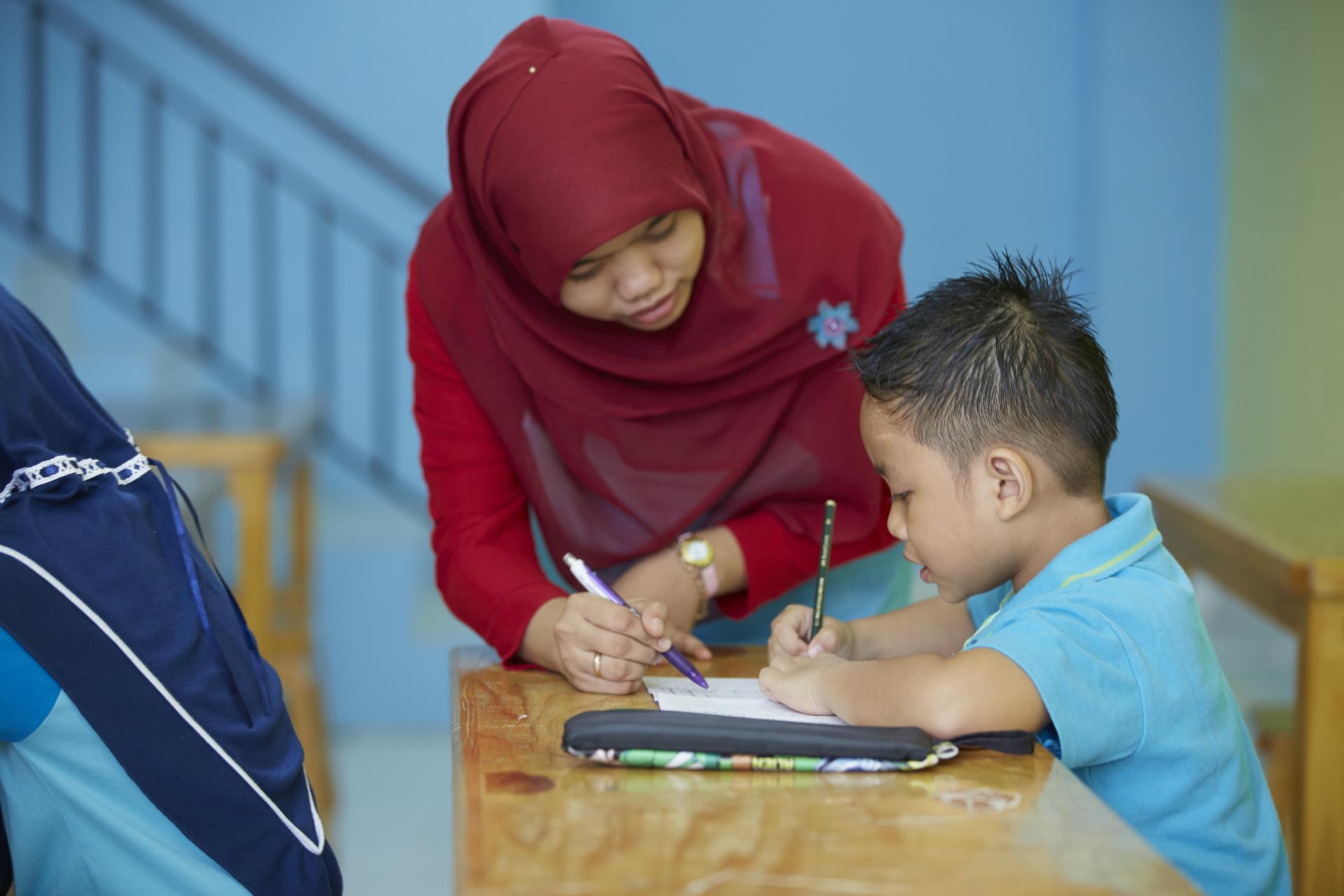
The learning method and philosophy of the Kumon Method are shared around the world. The“materials”have always been — and will continue to be — revised based on learning from children, for the benefit of children. The foundation of Kumon-style instruction is to tailor the materials individually in accordance with the intent of the material development.
A Kumon“Instructor”provides each student with just the right level and amount of material, observes their learning, offers appropriate advice, and praises and acknowledges what the student has accomplished. The Kumon Method only functions thanks to the presence of the“Instructor.”
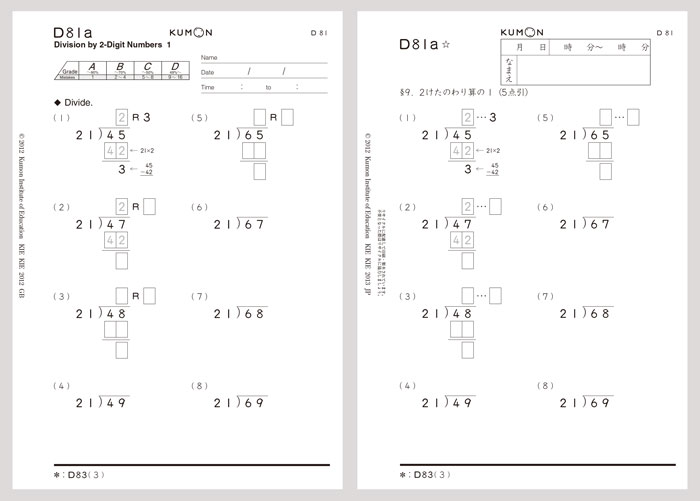
the mathematics worksheets used in Japan.
At Kumon, student progress is recorded in “progress charts” and “record sheets.” By referring to these progress charts and record sheets, instructors can grasp each student’s learning status. These graphs also serve as case studies and allow instructors to learn together across countries and regions.
Note: In Kumon centers, students’ learning times and scores are recorded on report cards. A progress graph is a visual chart tracking the student’s progress through the materials. Instructors use these graphs to forecast the student’s future learning path.
※At Kumon centers, we record study time and scores on record sheets. Progress charts show students’ progress with their worksheets.
At the recent “Pursuit-of-Potential Summit,” instructors also learned together using real student examples, exploring what it truly means to pursue potential. For instance, they discussed holding a vision that a student will grow into someone who develops a mindset to learn from the materials and from their own corrections — then believing in that vision and encouraging the student to challenge themselves.
Another vision discussed was imagining a student continuously overcoming unknown challenges beyond their current grade level, using their own strength — and creating an environment where students can believe in themselves and take on those challenges. Instructors shared how they hold a growth image for each individual student in their classroom and discussed how they can engage with their students in ways that promote the pursuit of potential. As educators who empathize with the Kumon philosophy, Kumon Instructors are a collective of people who constantly pursue “something even better” and each student’s individual potential. Although their languages may differ, instructors around the world are able to learn from one another using the same materials and a shared foundation.
Learning from Kumon Classrooms and Instructors in Japan —
The“Pursuit of Potential”Declarations
The overseas instructors who visited Kumon classrooms in Japan shared various reflections and impressions.
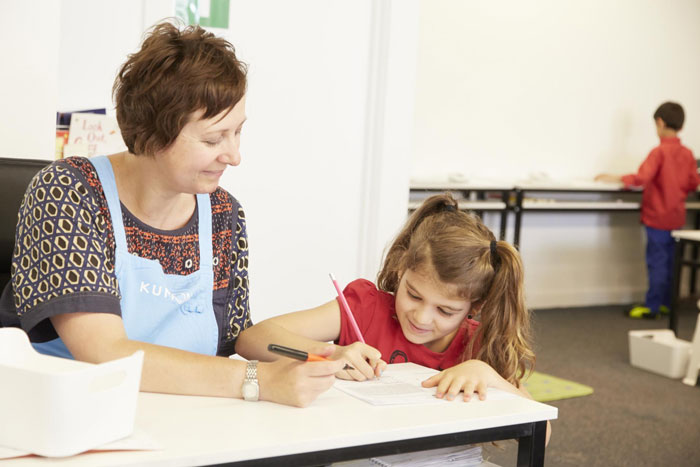
There was a clear goal for every student for that day, and that goal was shared with the instructor. Each student’s goal was individually set. As a result, the students were motivated. They knew exactly where to focus their efforts, and this awareness sparked their motivation. In other words, by being conscious of their effort targets, they became more willing to learn. The instructors and center assistants responded to questions concisely, and with just a few words of guidance, the students returned to their seats. Students were joyfully engaging with new material and challenging tasks they were learning for the first time.
They praised and encouraged the children in very simple and straightforward ways. If I can replicate this in my own classroom, I believe it will bring positive changes to my students. I was truly moved to see how the instructors were using just the right words to bring out each child’s potential. The instructions given were just the right amount, with just the right words. What we saw wasn’t something that happened only that day. I believe it was the result of years of cultivation in that classroom — in other words, the instructor’s vision. And that vision was shared by every member of the center assistants. The overseas instructors learned a great deal from observing the classrooms in Japan.
Then, building on the two days of mutual learning in Japan, they each shared their personal resolutions and aspirations for the future. Below are some of those declarations.
“I would like to create a nurturing environment that inspires students to become resilient, to believe in their capabilities, to strive to be better each day.”
— Instructor from the Philippines
“An unwavering belief that each child is capable of far more than I and they may imagine”
— Instructor from the United Kingdom
関連リンク https://www.kumon.com/ https://www.kumon.com.br/ https://www.kumon.co.uk/ https://kao.kumonglobal.com/ https://www.kumonbj.com.cn/zh-cn/ KUMON Instructors Who Keep Learning | KUMON now! Topics What Is the Place Where Kumon Instructors Across Japan Learn Together? | KUMON now! Topics 60th Anniversary Commemorative Ceremony of KUMON — Taking a New Step Forward with Global Colleagues | KUMON now! Topics Instructors in Europe | KUMON now! Topics

